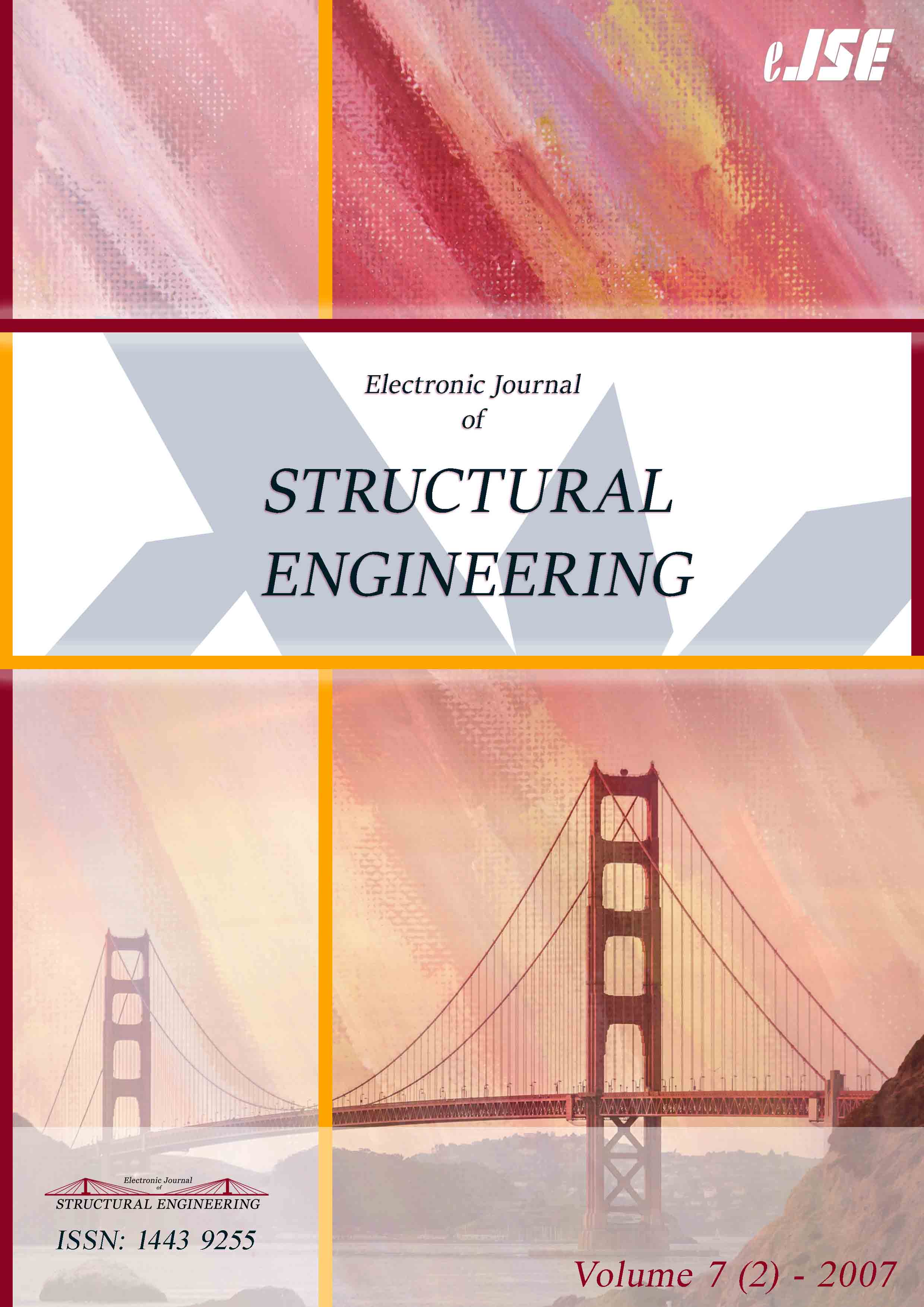When old meets new: Monitoring load sharing in a concrete building extended upwards
DOI:
https://doi.org/10.56748/ejse.772Keywords:
Reinforced concrete structures, Monitoring, RetrofittingAbstract
To meet increased demand for office and residential space in developed cities, many sites are being redeveloped. This usually involves the demolition of existing structures and the building new higher and more modern structures. However, restructuring is also possible, and this can potentially lead to significant time and cost savings. The environmental impact of the construction may also be reduced. This study examines the case of Condor Tower, an existing 10 storey building in Perth, Western Australia, to which 18 floors are being added. Efficient design of the restructure requires understanding the load sharing between the existing concrete structure and the new infill structure. Because the redeveloped structure effectively has two vertical load paths, each of which has significantly different shrinkage and creep characteristics, the load sharing behavior is difficult to predict. In order to investigate this behavior, several columns of the concrete frame of the original 10 storey building were strain gauged prior to the installation of infill concrete walls and new floors. Data is being collected from these strain gauges as the additional floors are added to the building. This paper presents some of the results obtained so far from this monitoring, along with some preliminary analysis. These results suggest that the building behaves in a satisfactory manner, and the behavior limits suggested by conventional engineering mechanics envelope the behavior well.
Downloads
Downloads
Published
How to Cite
Issue
Section
License
Copyright (c) 2021 Electronic Journal of Structural Engineering

This work is licensed under a Creative Commons Attribution 4.0 International License.







